Nội Dung Chính
- 1 SPEAKING Look at the 'eatwell' plate. What does it suggest we eat the most / least of?
- 2 VOCABULARY Complete the information in the texts with the words below.
- 3 VOCABULARY Look at the list of nutrition words below. Find one food on the eatwell plate that contains each thing in the list.
- 4 SPEAKING Work in pairs. Think about your own diets. How do they compare to the advice on the plate?
- 5 Complete the quiz with the correct form of the highlighted verbs from the text in exercise 2. Then do the quiz in pairs.
- 6 2.18 Listen to three people talking about food. Match the speakers (1-3) with what they say (A-D).
- 7 Read the Recyclel box. Then complete the sentences with the correct form of must, mustn't, have to and don't have to.
- 8 SPEAKING Work in pairs. Use the information from the eatwell plate to answer the questions.
(Trang 72)
| Unit map Vocabulary Food and health Nutrition Exercise verbs and nouns Exercise collocations Illnesses, injuries and symptoms Treatments and remedies Word Skills Compound adjectives Pronunciation Diphthongs Grammar The passive The passive: advanced structures Listening Keeping fit
Reading Junk food
Speaking Role-play
Writing An article Culture Healthy cities
Vocabulary Builder page 111 Grammar Builder and Reference pages 126-127 | 1 SPEAKING Look at the 'eatwell' plate. What does it suggest we eat the most / least of?2 VOCABULARY Complete the information in the texts with the words below.Food and health dairy products fizzy drinks poultry processed foods pulses saturated fat wholegrain
|
(Trang 73)
3 VOCABULARY Look at the list of nutrition words below. Find one food on the eatwell plate that contains each thing in the list.Nutrition additives calcium calories carbohydrate cholesterol fat fibre mineral nutrient preservative protein vitamins additives-sweets 4 SPEAKING Work in pairs. Think about your own diets. How do they compare to the advice on the plate?
5 Complete the quiz with the correct form of the highlighted verbs from the text in exercise 2. Then do the quiz in pairs.
| 6 2.18 Listen to three people talking about food. Match the speakers (1-3) with what they say (A-D).There is one extra sentence. Speaker 1: Speaker 2: Speaker 3: A I've changed my lifestyle by making an effort to change. B I can easily find food products that help me avoid health problems. C Technology is a positive tool, helping us to be healthy. D One substance in particular will help our bodies store the power they need for physical exercise.
7 Read the Recyclel box. Then complete the sentences with the correct form of must, mustn't, have to and don't have to.1 The trainer tells the marathon runners that they ................. eat lots of carbohydrates, but that they ................. eat fast food. 2 The speaker has coeliac disease, so he ................. buy gluten-free food. But he ................. go to special shops; he can find it at the supermarket. 3 The man's doctor warned him that he ................. start eating more healthily. 4 According to the speaker, people ................. count how many calories they eat. There are apps to do it for them. 8 SPEAKING Work in pairs. Use the information from the eatwell plate to answer the questions.1 Do you agree with the phrase 'you are what you eat'? Why? / Why not? 2 Why do you think more and more people are becoming overweight? What can governments do to encourage people to eat more healthily? |





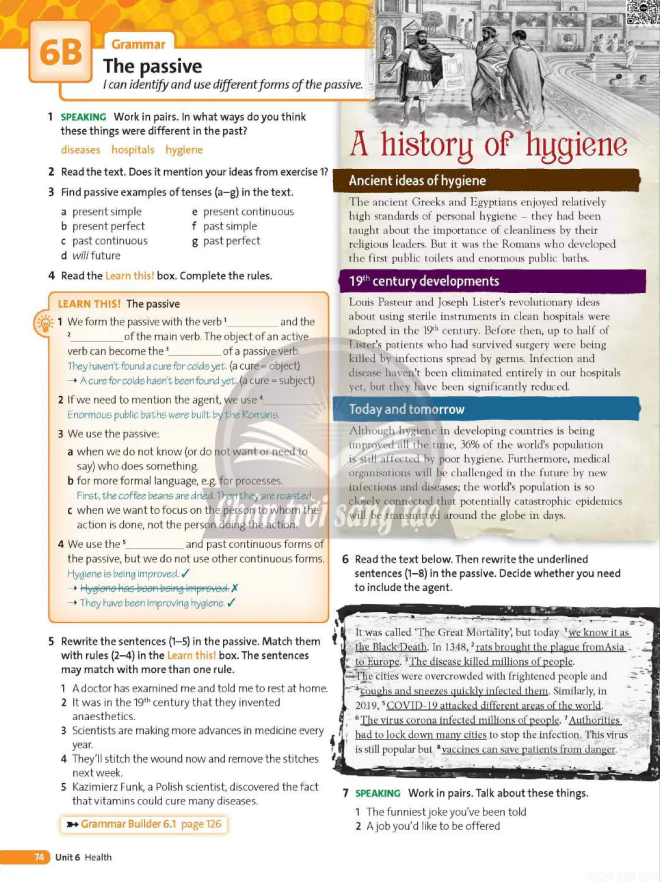
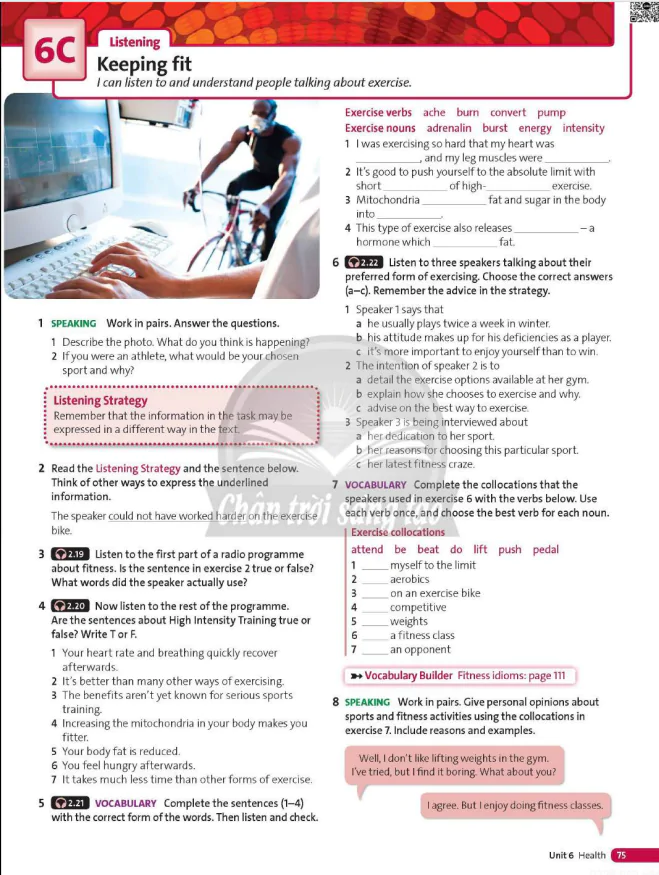
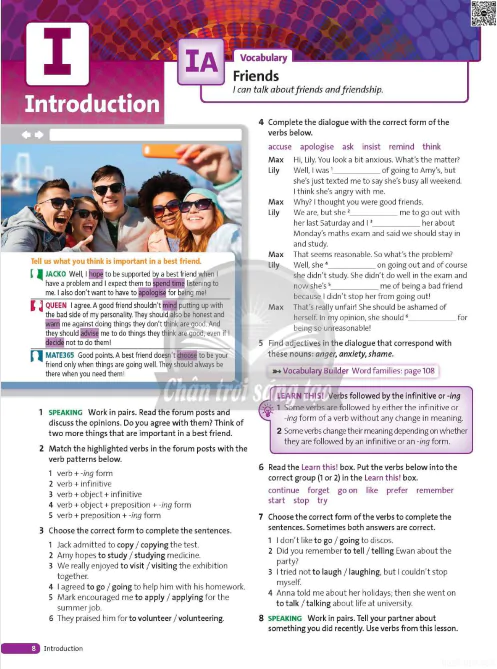
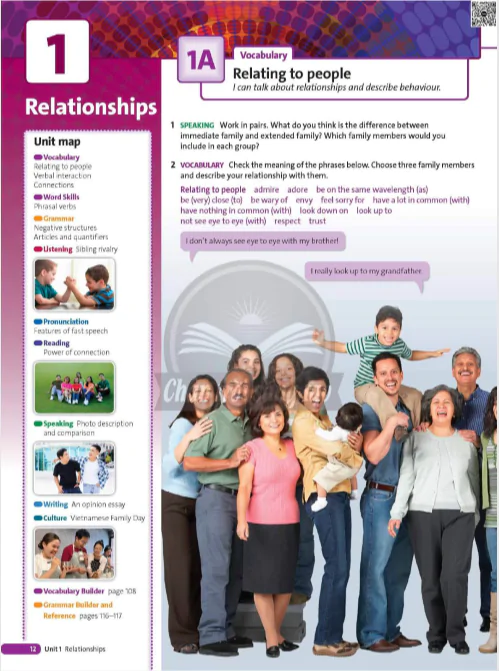
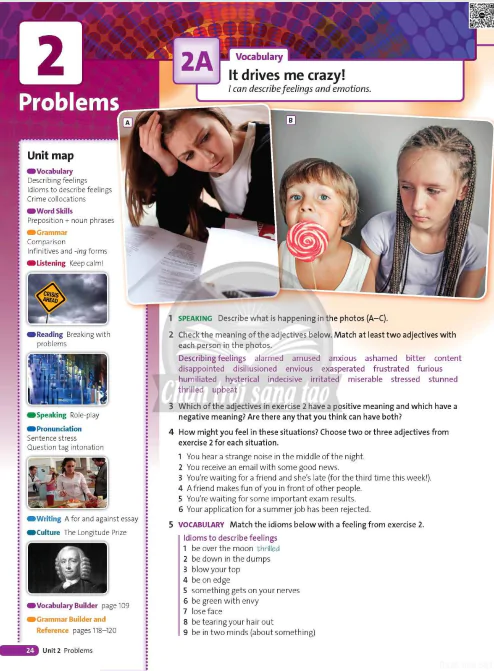
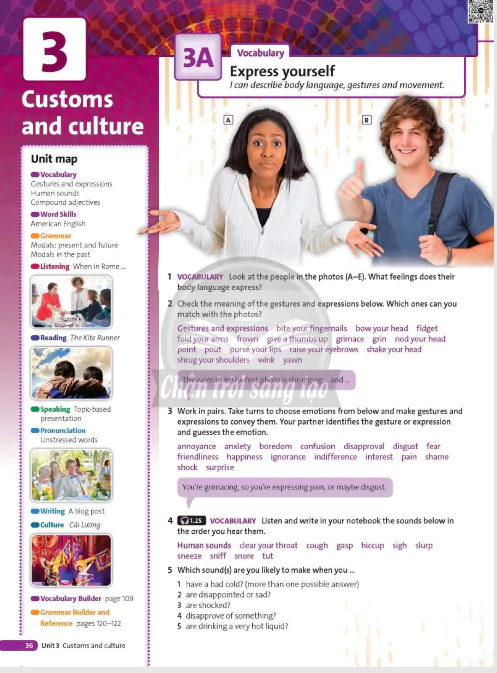
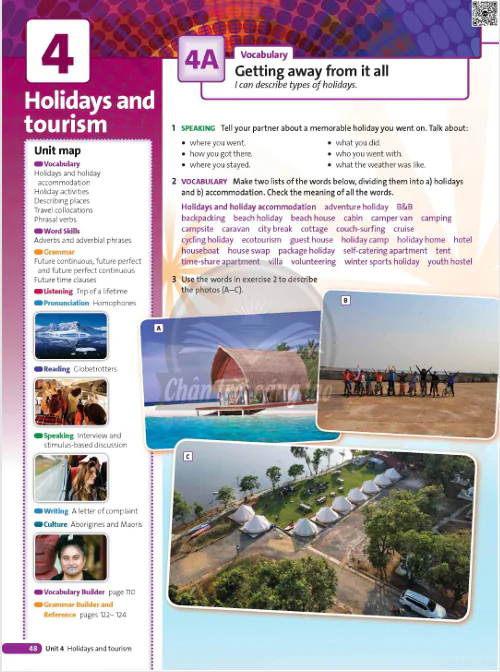
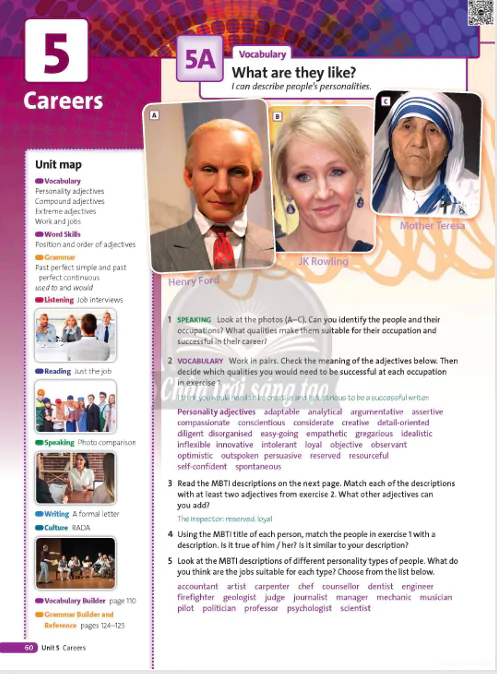
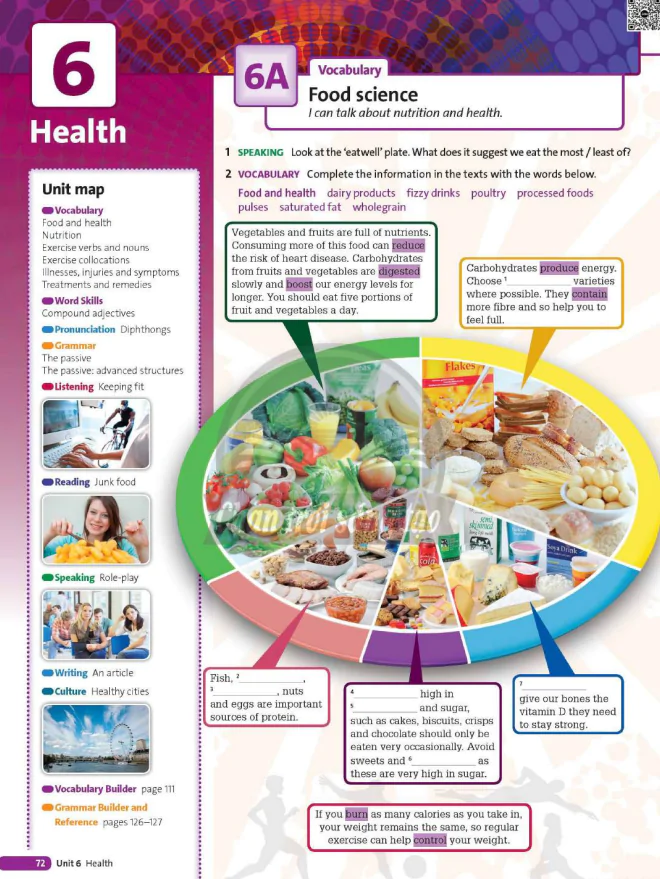
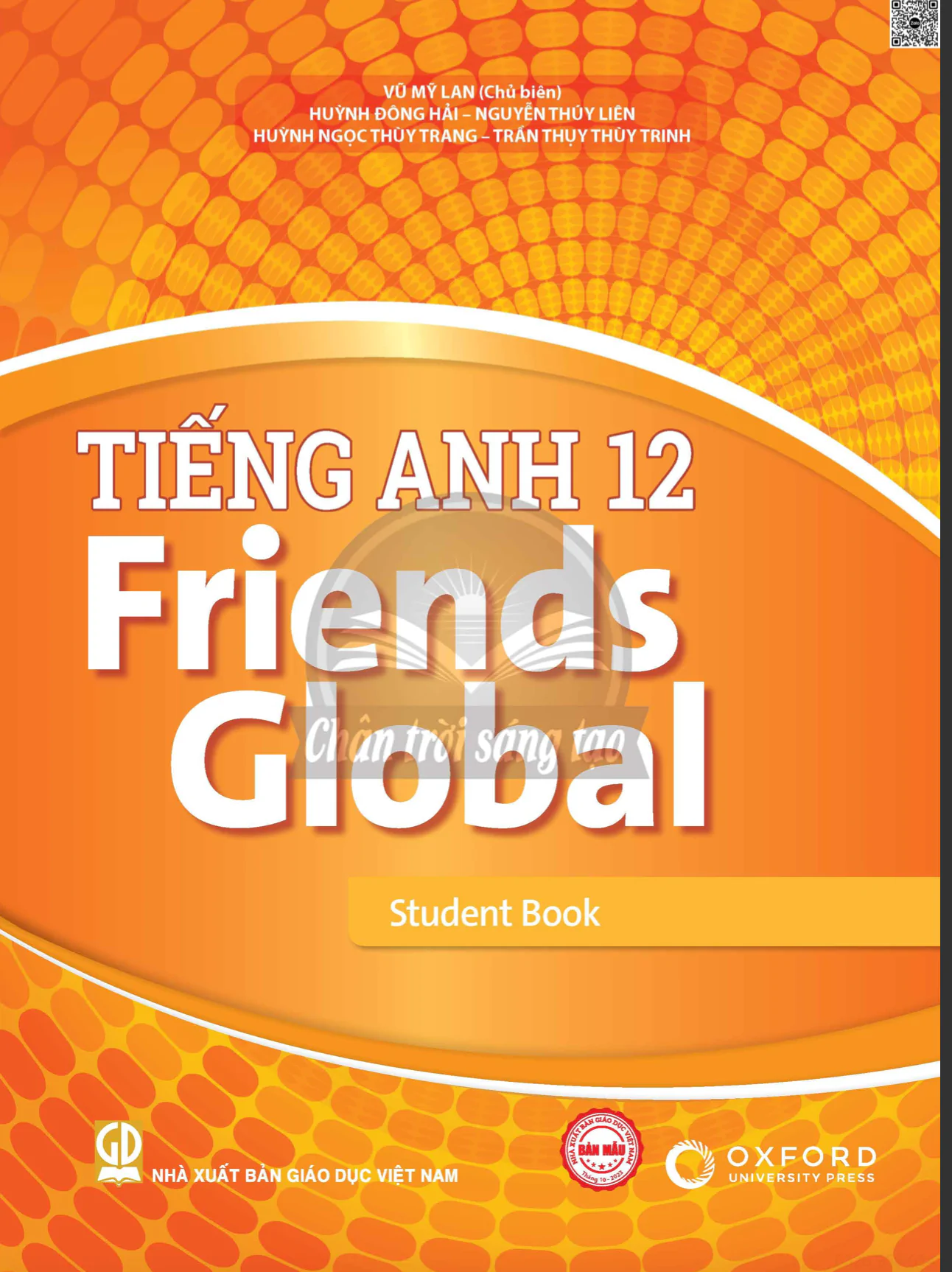
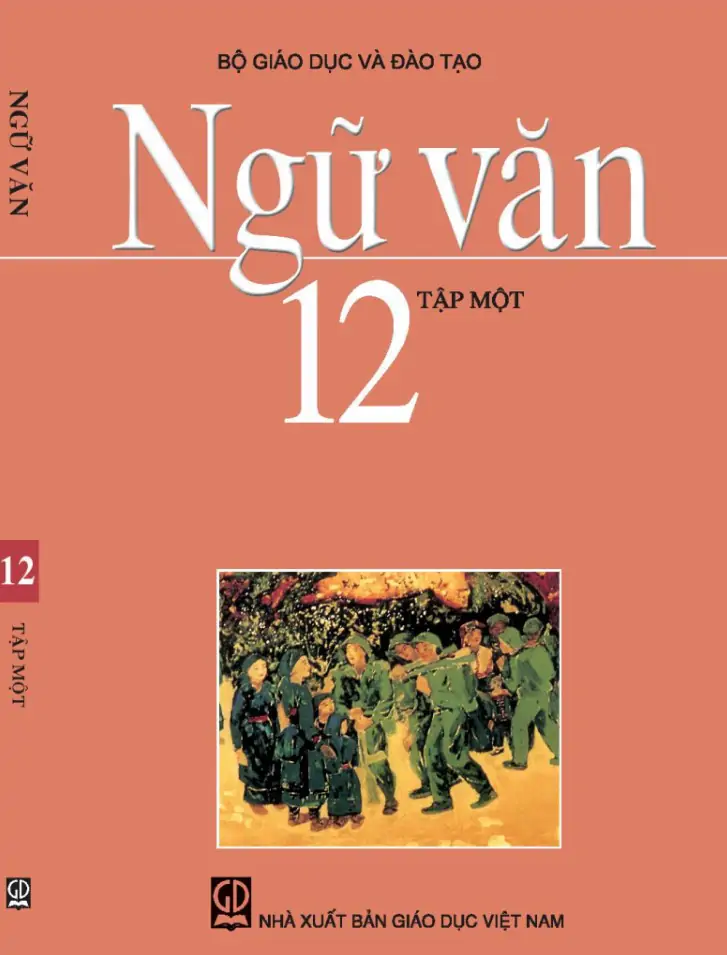
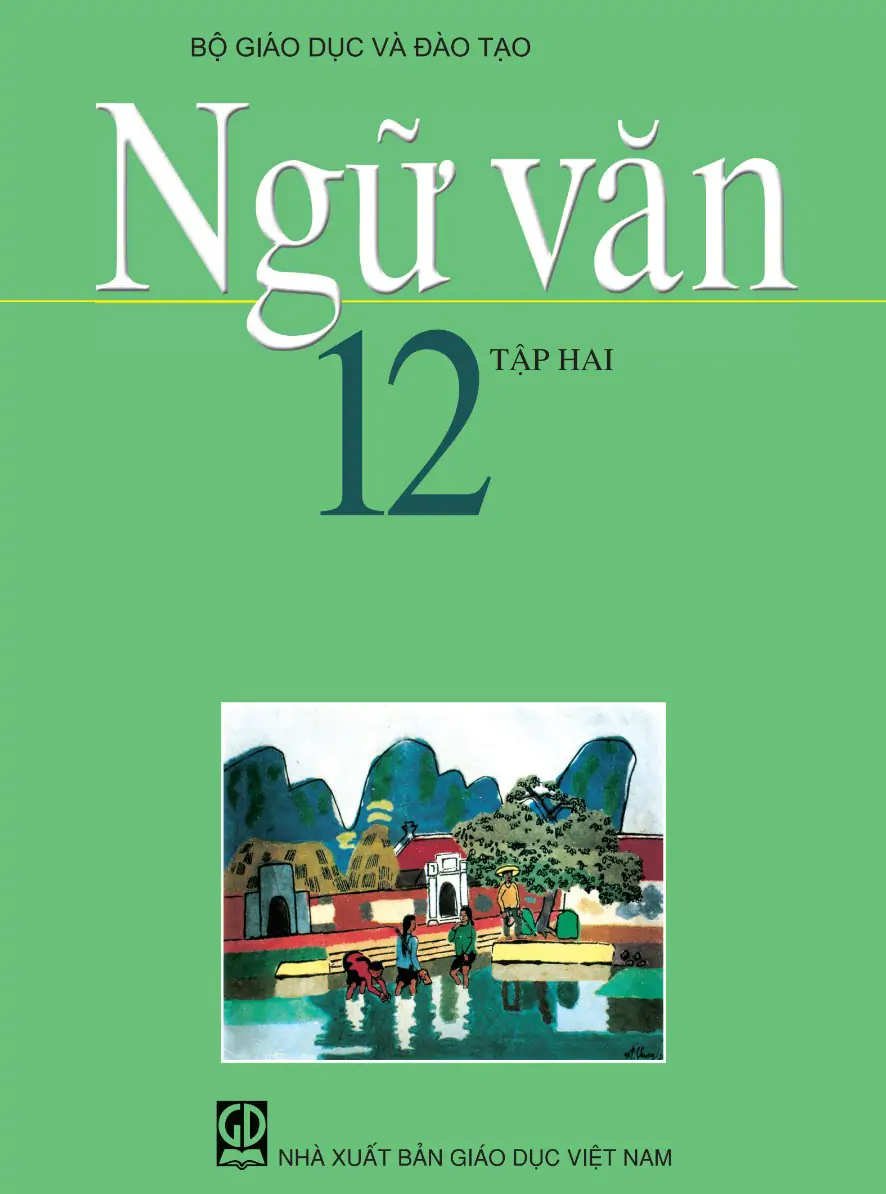


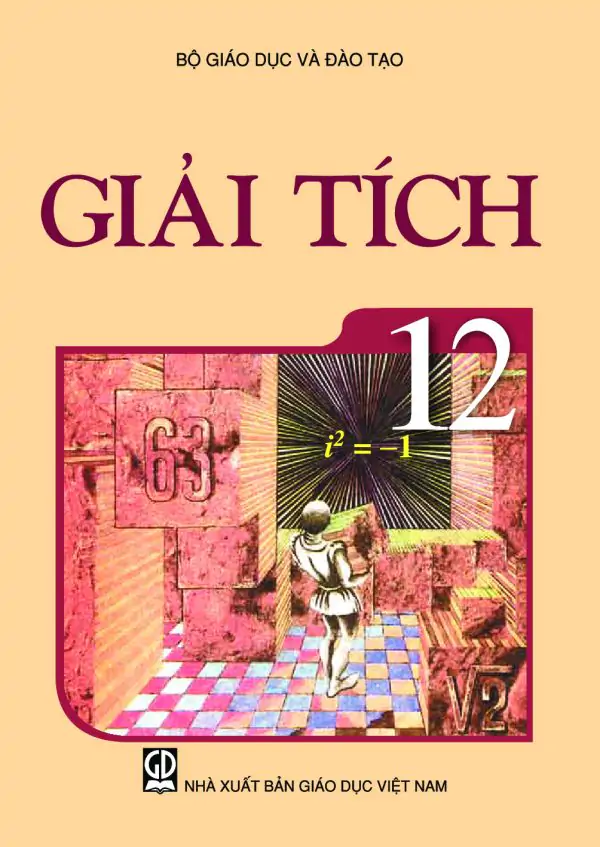
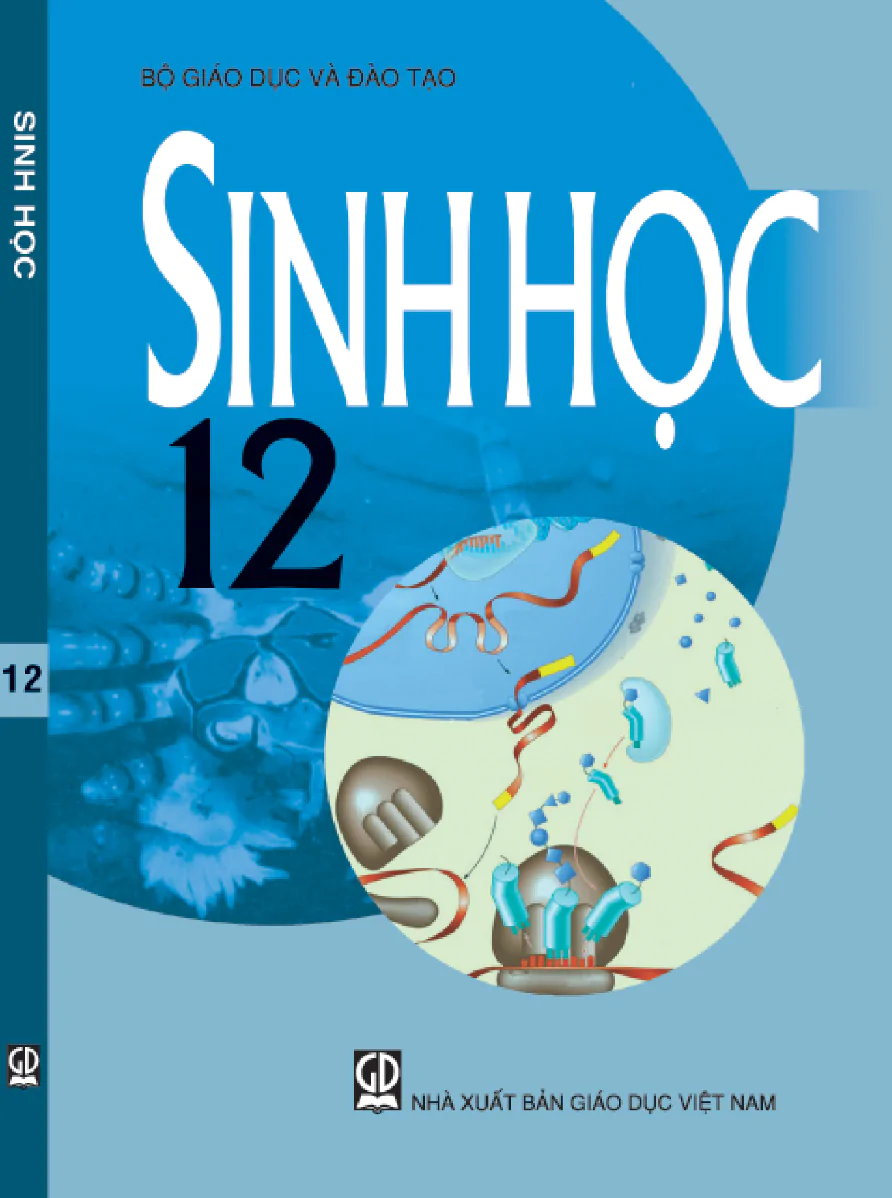
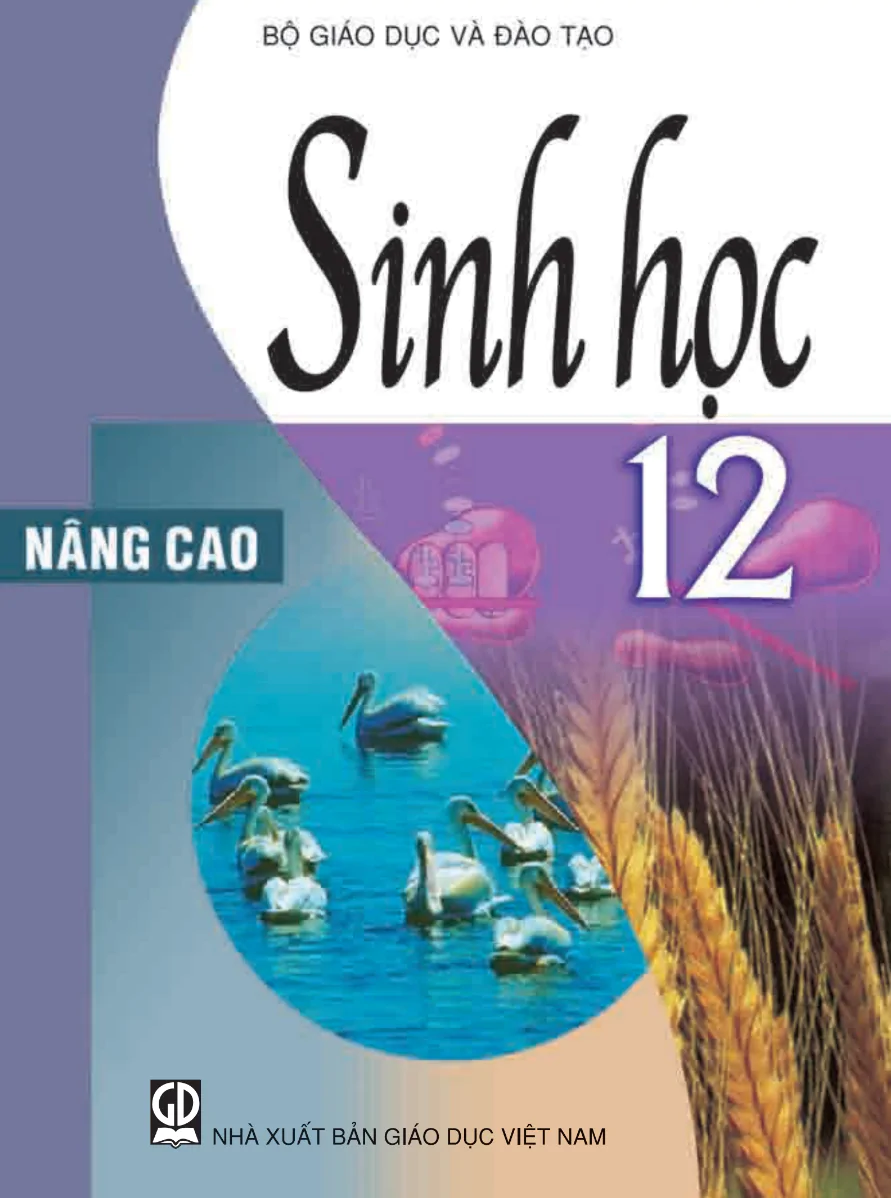
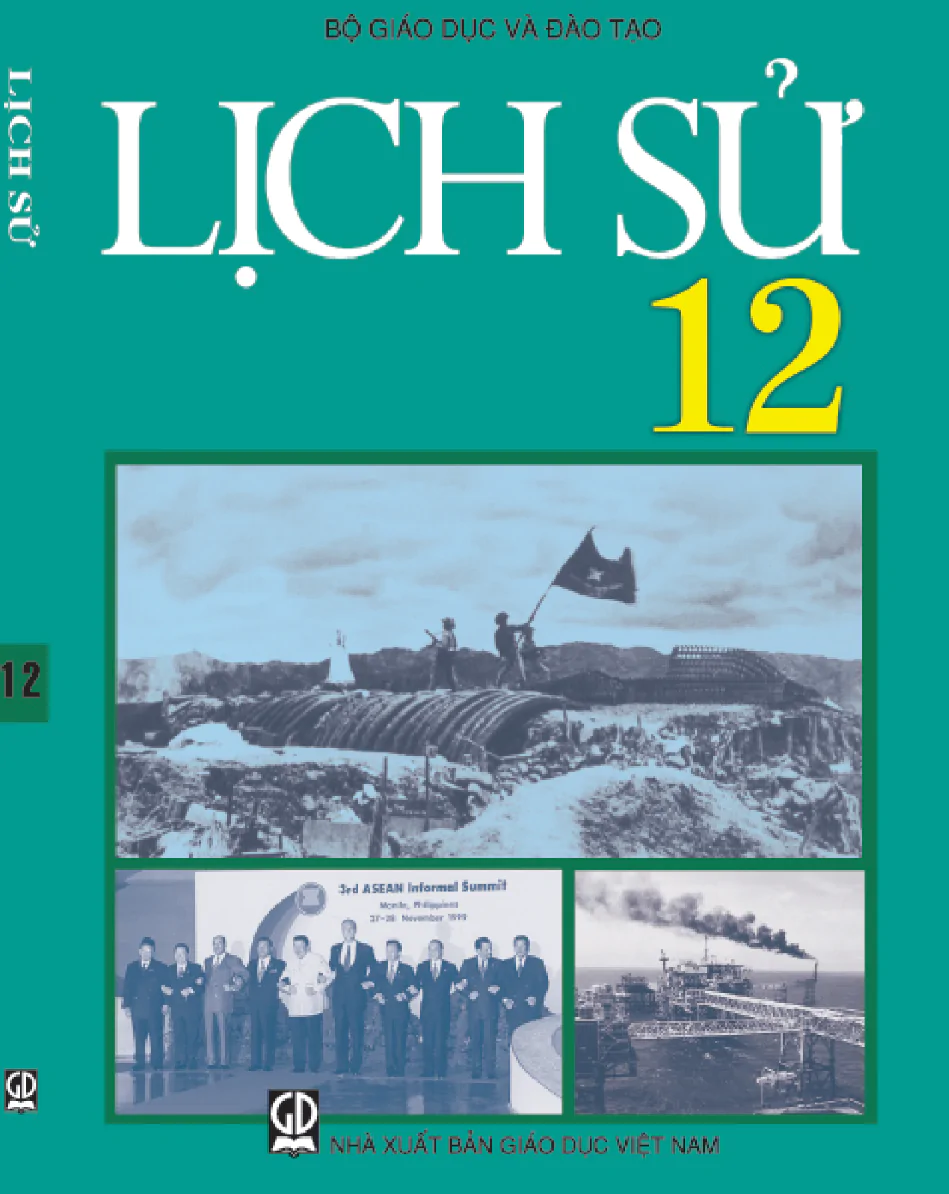
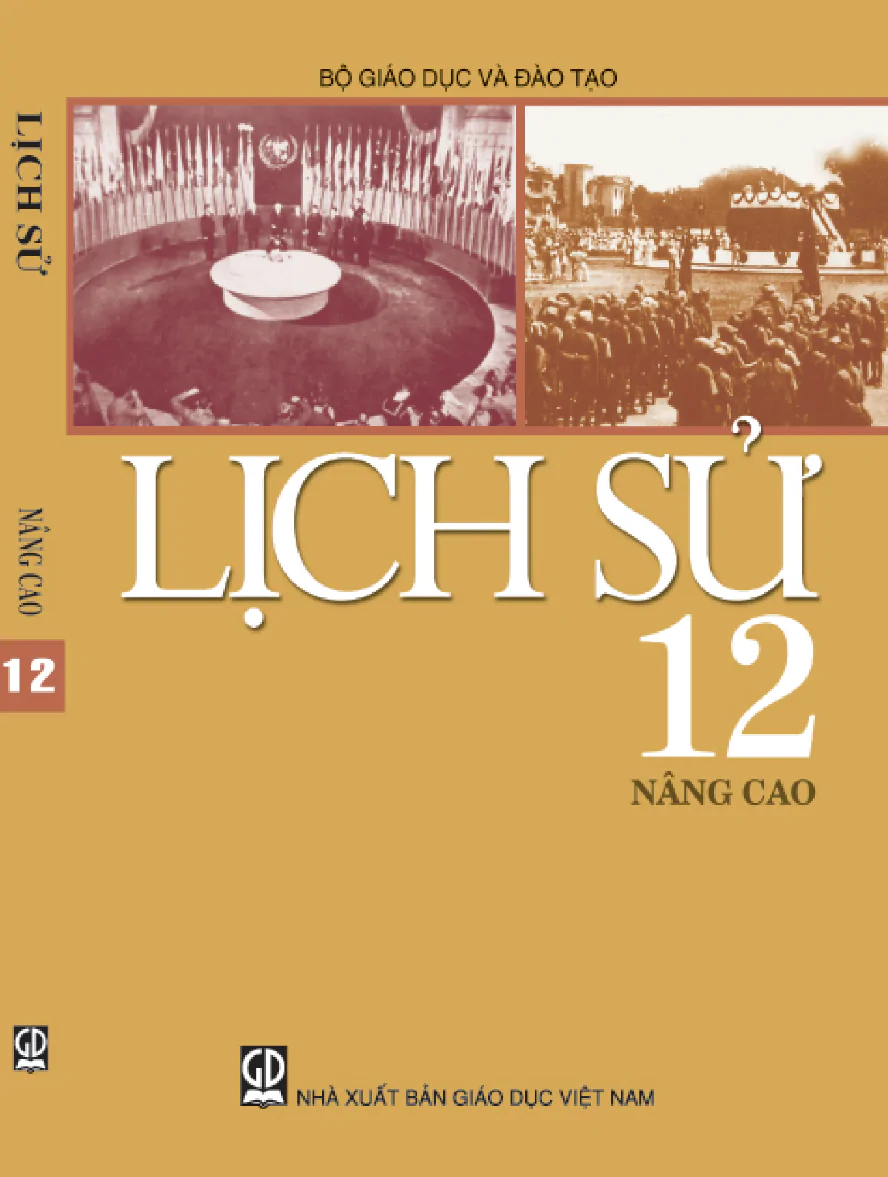


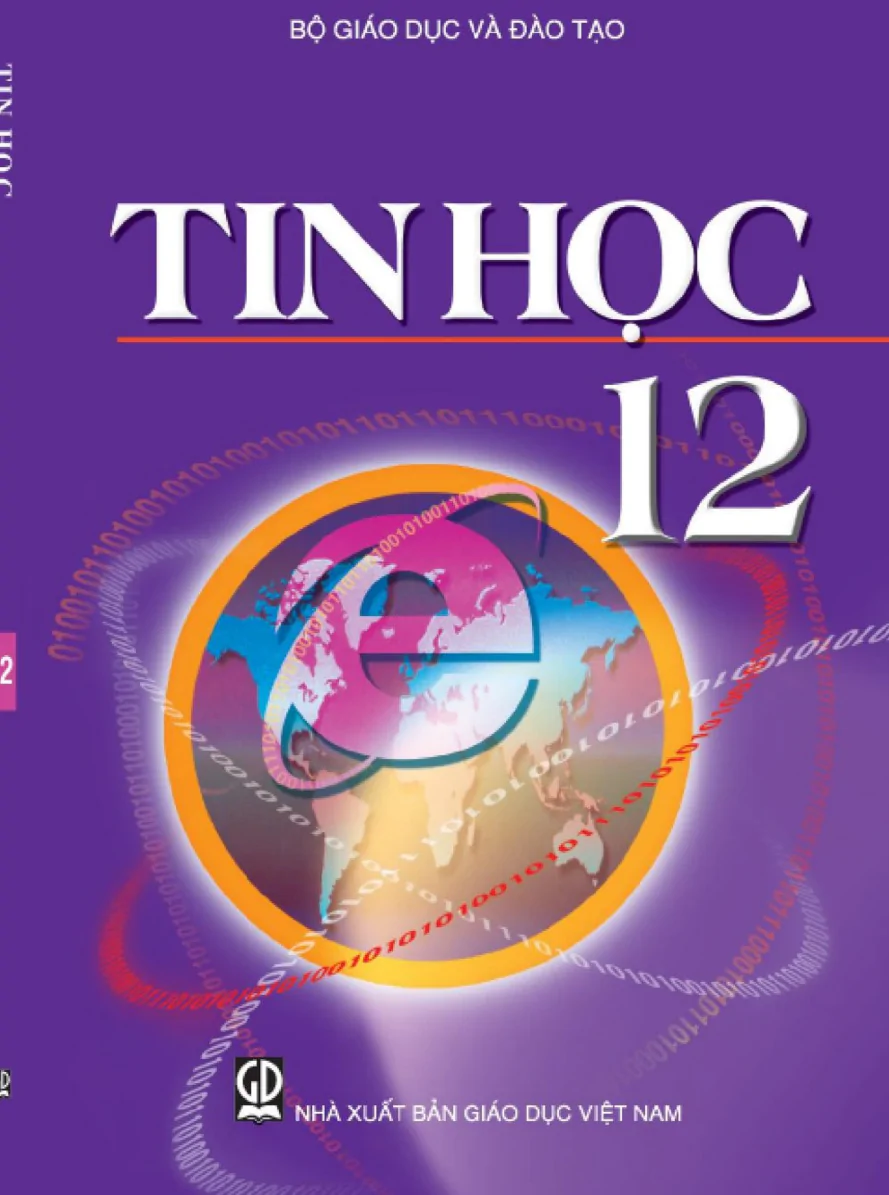
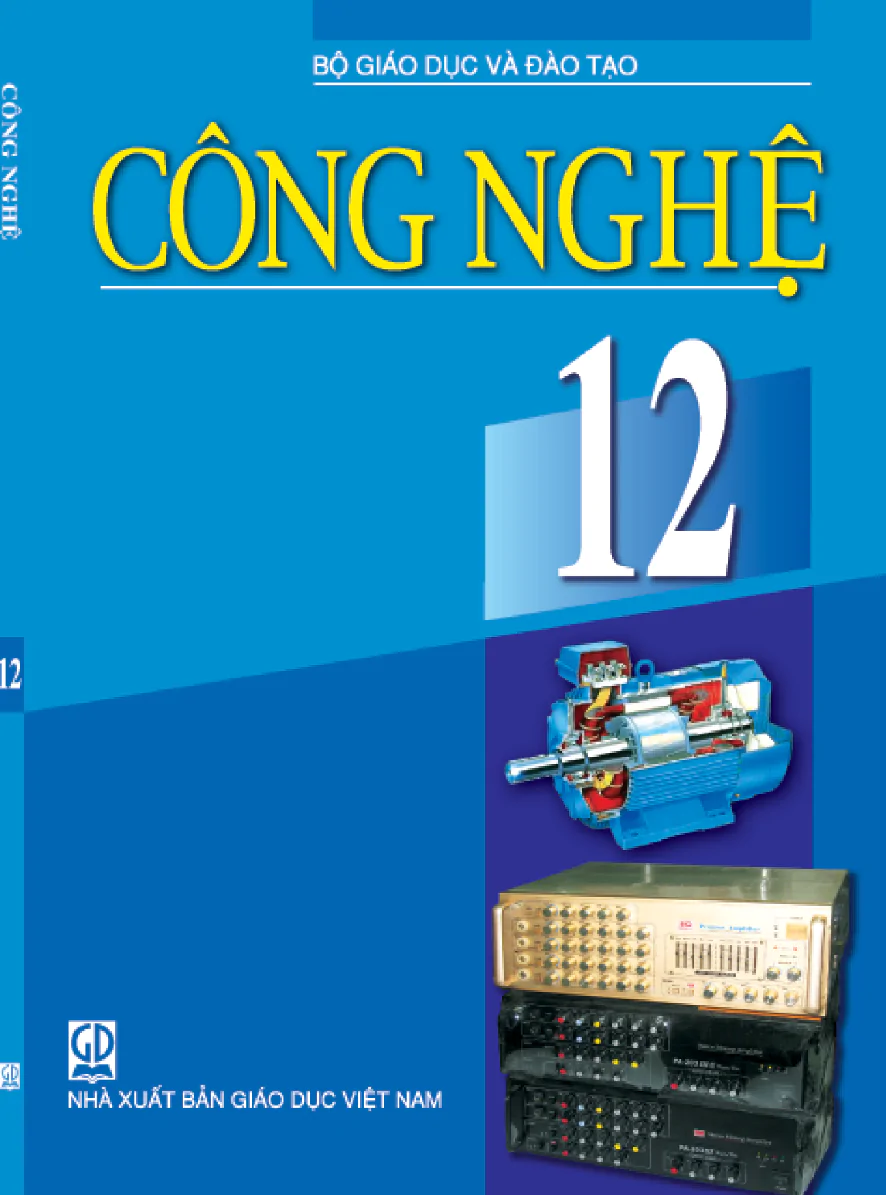

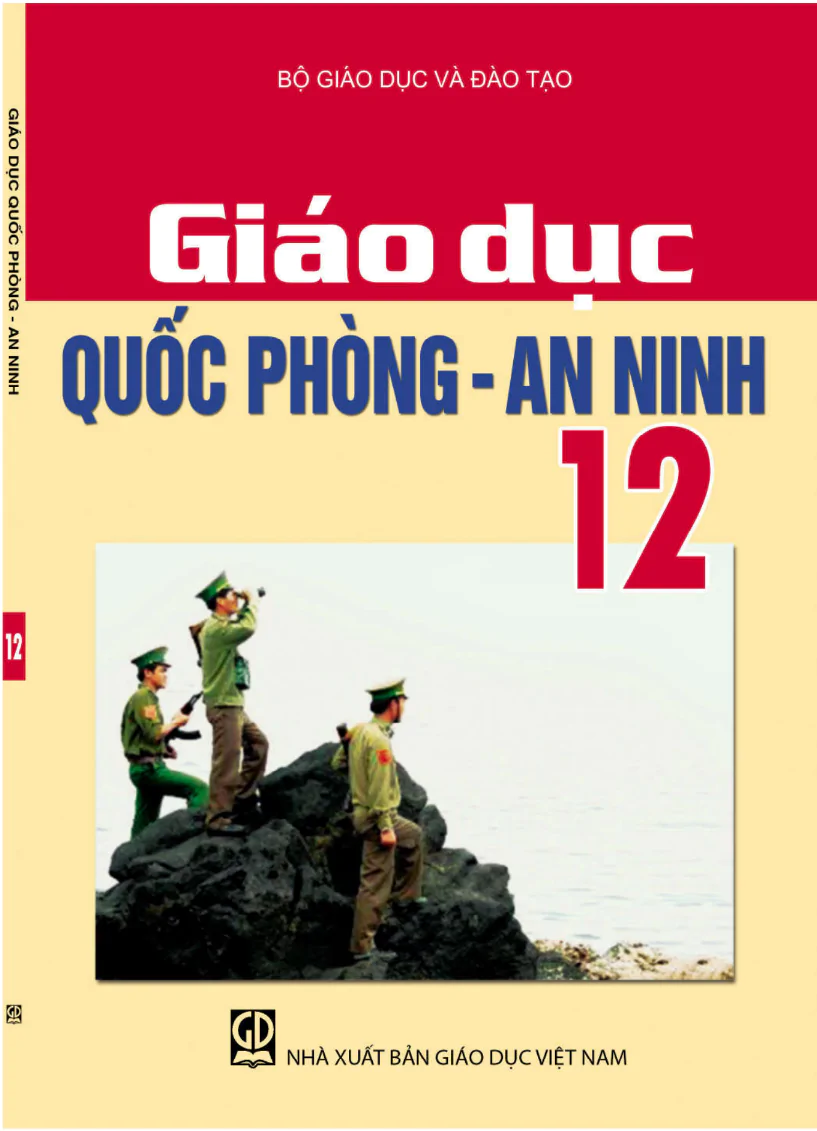
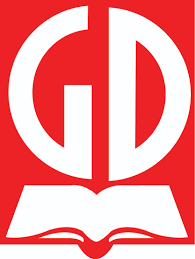
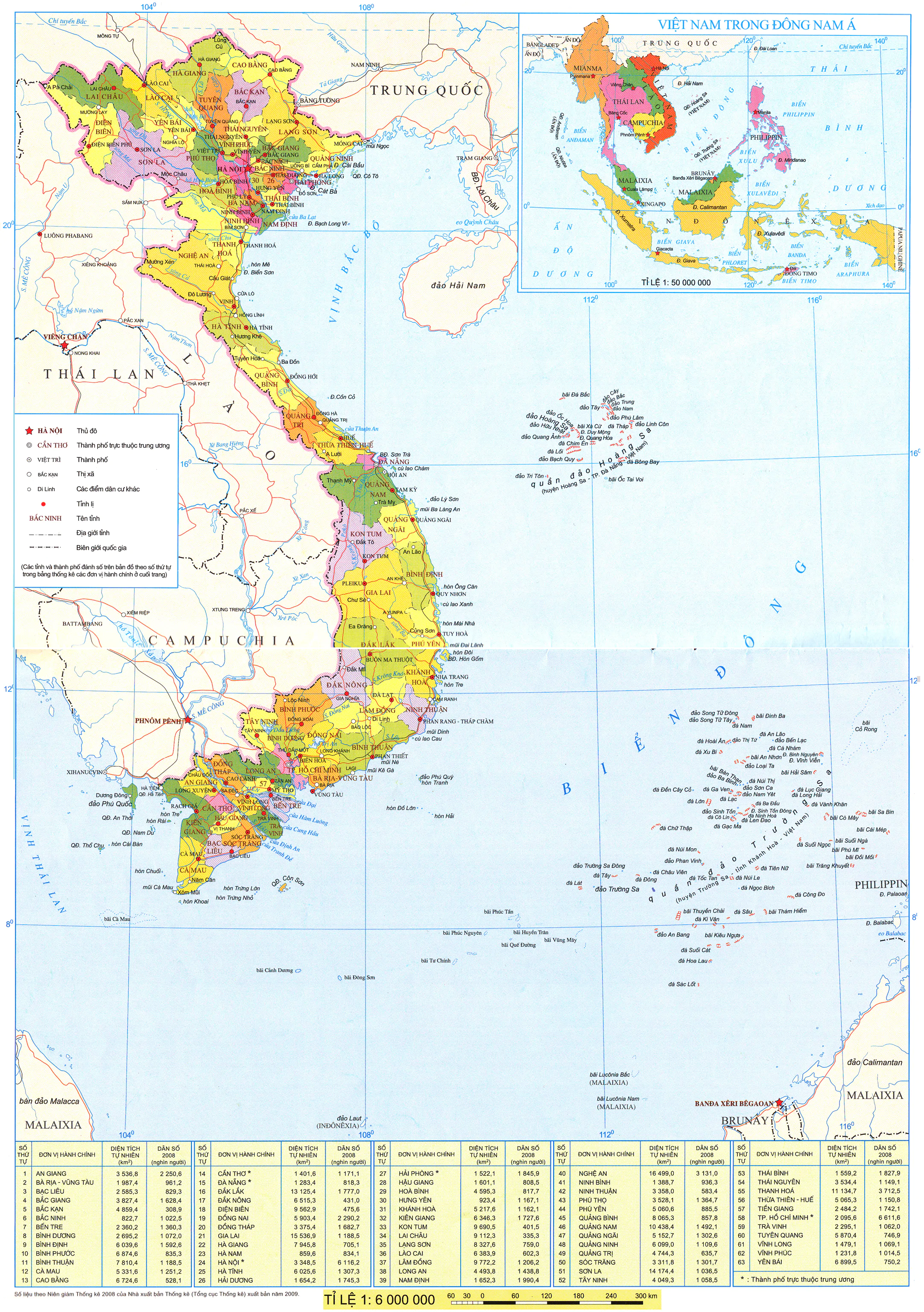
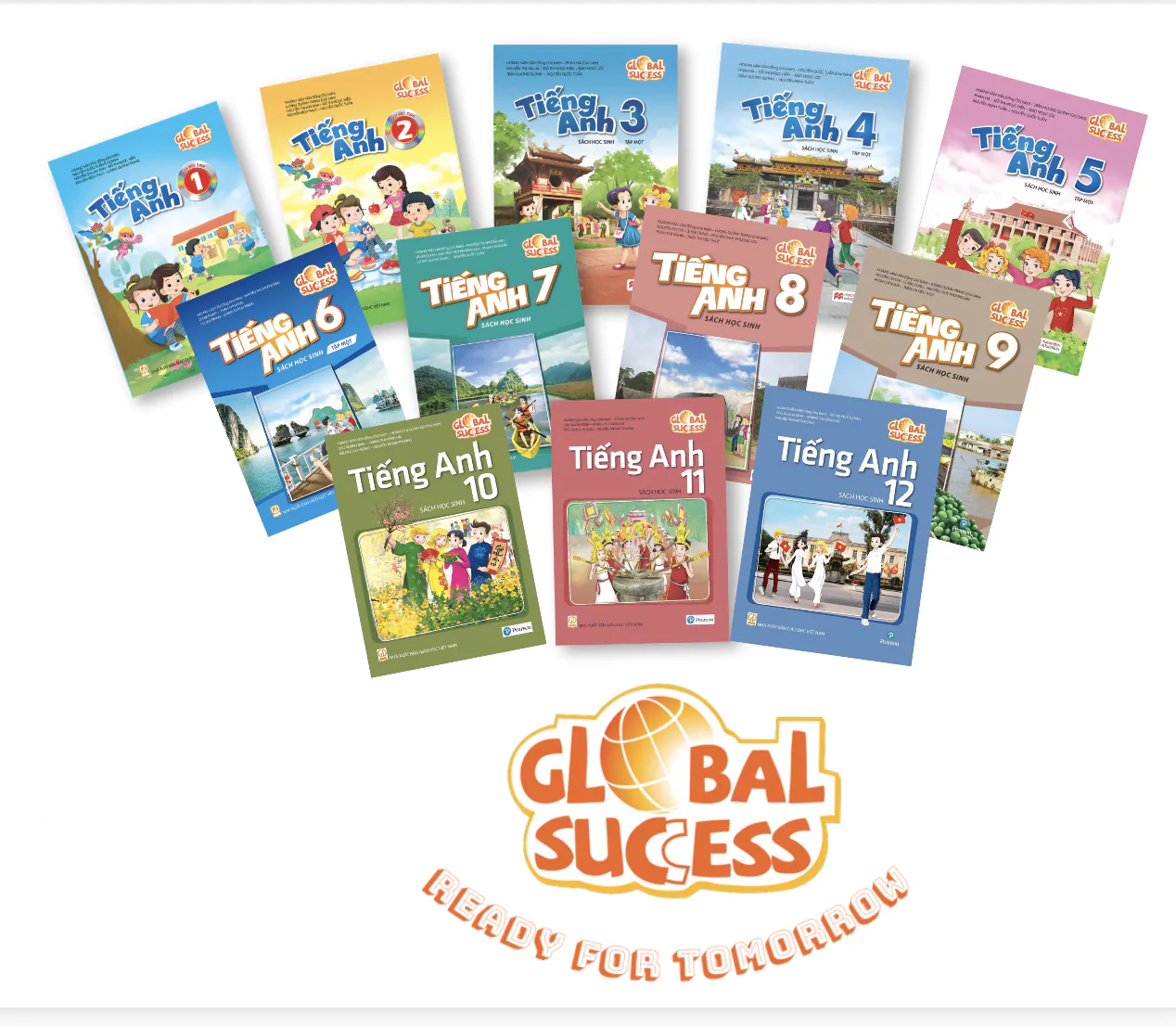














Bình Luận
Để Lại Bình Luận Của Bạn